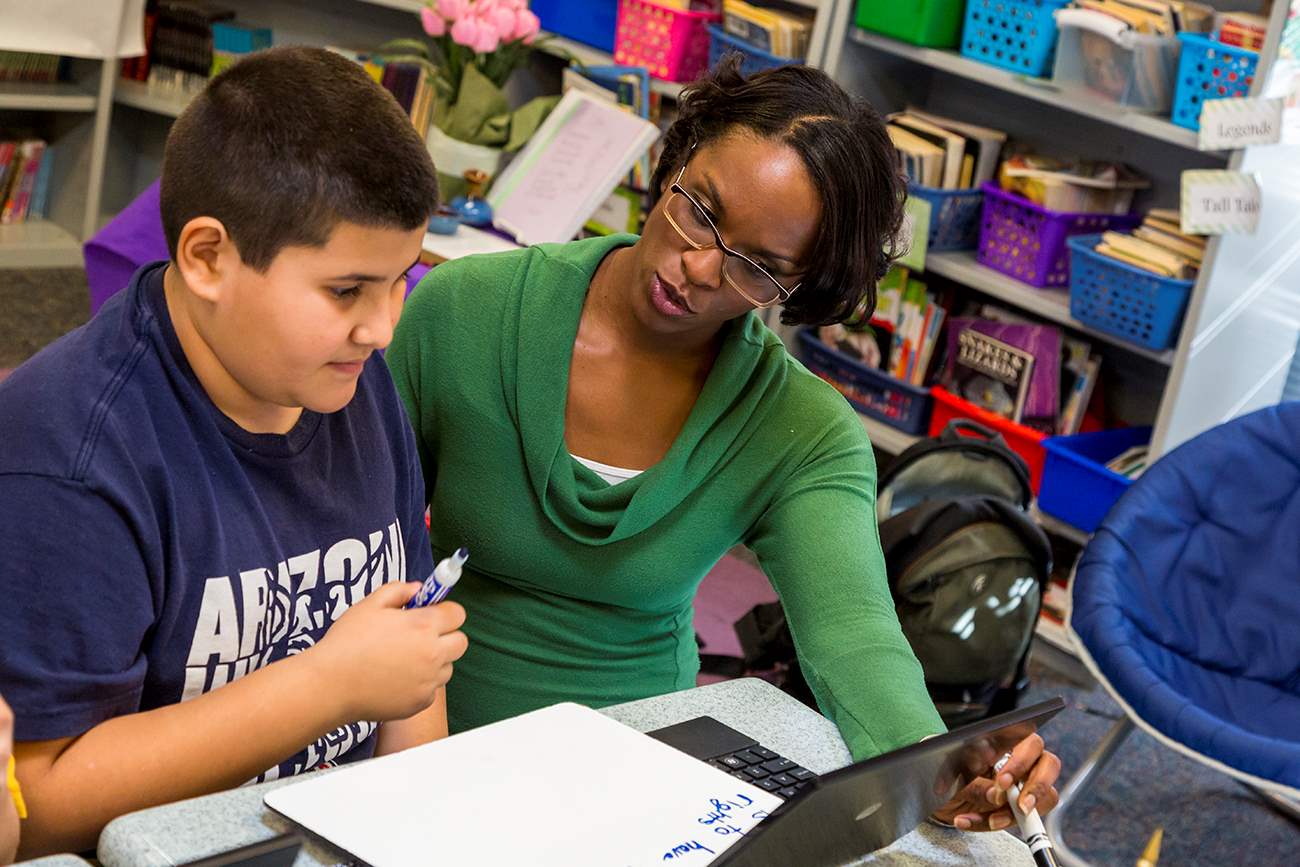InClass
Here’s what your students need to know to navigate the electronic world. It isn’t news that our students’ worlds are flooded with technology. Whether you work at a school where 99 percent of students have access to a home computer (and their own smartphone to boot) or you teach children whose only
Aug 23, 2016
Here’s what your students need to know to navigate the electronic world.
It isn’t news that our students’ worlds are flooded with technology. Whether you work at a school where 99 percent of students have access to a home computer (and their own smartphone to boot) or you teach children whose only opportunity to learn digital literacy comes at school, we are a part of a new wave of educators responsible for training informed online citizens.
From cyber bullying to media management, here are some pointers for keeping our 21st-century learners afloat.
When it comes to safety…
…our students are getting online at younger and younger ages. We must teach learners from the start about internet safety and how to protect themselves. Create lessons specifically geared toward teaching our youngest students what a stranger is, what private information is, and how to deal with inappropriate questions or harassment online.
…partner with parents. It’s still surprising how many parents, no matter how old their child is, are clueless when it comes to their kid’s online activity. Also, remember that the firewalls and safety measures set up on campus aren’t in place once students head home. Reach out to parents at all grade levels about the importance of monitoring “always-on” digital devices and provide resources for creating boundaries.
…show students how to be critical of information they post. A picture can say a thousand words, and posted online, that information becomes globally available. An image can unintentionally include private info — a street sign or a license plate, for example — and students should examine images closely before distributing them online. Moreover, students need to be aware of advanced privacy threats, like geotagging (geographical information tagged to media) and facial recognition software.
When it comes to online presence…
…manners matter. Referred to as “netiquette,” learners need to follow social norms online. Many sites have a FAQ section or code of conduct — students should check these out before they start posting themselves. In general, online manners mean staying polite and treating others the way they’d like to be treated. Debates need to remain productive and professional (refrain from personal attacks), proper grammar and spelling count, and all caps indicate that you’re shouting (avoid this).
…cyber bullying is destructive. It affects kids and can have long-term effects. Communicate its severity, using current news articles and media clips. Older students may have stories of their own they are willing to share. Beyond not starting it, show students how not to support online hate by “liking,” sharing or even responding. Discuss and model ways to report violators and register official complaints. Teach students that compassion counts, whether they are behind a screen or not — and talk about the consequences of poor choices.
…practice makes perfect. Teach and model how students should interact with peers online before providing lots of practice opportunities in a controlled environment, like a blog that you moderate.
…look for teachable moments. When a student argument crosses a line or goes off topic, use the instance to show how we can identify this and amend the problem through redirecting the thread or editing or deleting comments.
…talk about digital footprints. Controversial or not, our digital footprints — or the trails we leave behind us on the internet — are a real thing that can haunt student futures, from college applications to job interviews. Learners should know that while posts, pictures, messages, etc. may be posted “anonymously,” they can be traced. And on that note, while posts can appear to be deleted, the internet is intricate and once information is put out there, it’s impossible to eradicate it completely. Teach students to think twice before hitting enter.
When it comes to being a consumer…
…respect intellectual property. Students of all ages can understand the concept of taking someone’s ideas or work without permission or giving credit. Teach students to go to the source of the information (not just a compiled search), ask for permission when necessary, and correctly cite the information or media.
…stay current on how they can protect themselves. From phishing scams to identity theft, viruses to data breaches, kids are easy targets for online predators. Consistently discuss strategies and software for protecting their privacy, and stay up to date with school and district policies and implementation.
…embrace the growth. During digital citizenship conversations, we talk a lot about the downsides to our online world. But the pros far outweigh the cons. Personal, community and global connections, and a wealth of knowledge at their fingertips are luxuries that should be taken advantage of.
We’ve always taught our students citizenship. In breaking new, ever-evolving online ground, we’re simply helping them take these social, ethical, and safety responsibilities to new heights.






